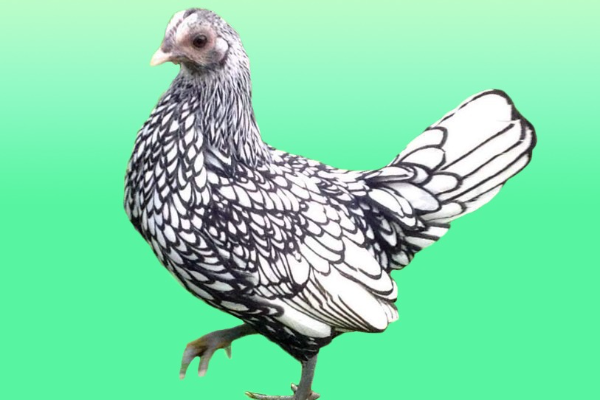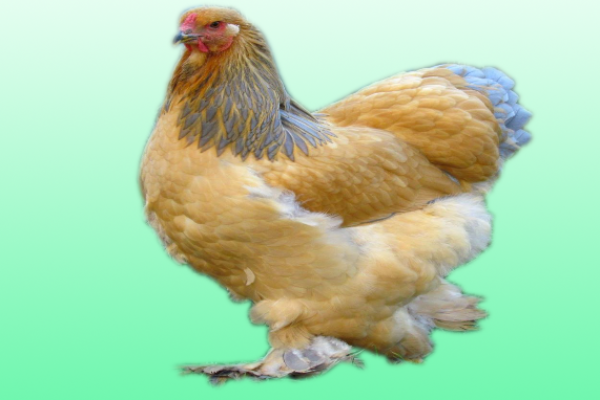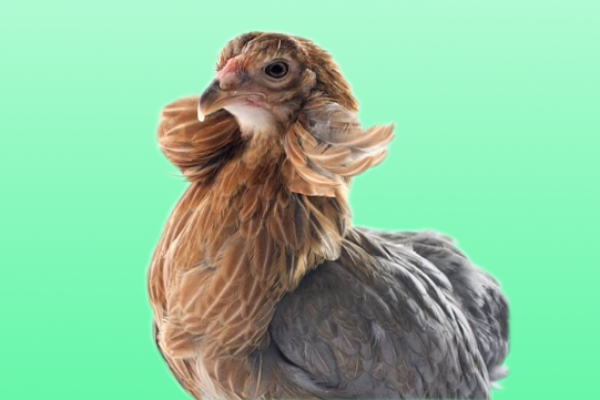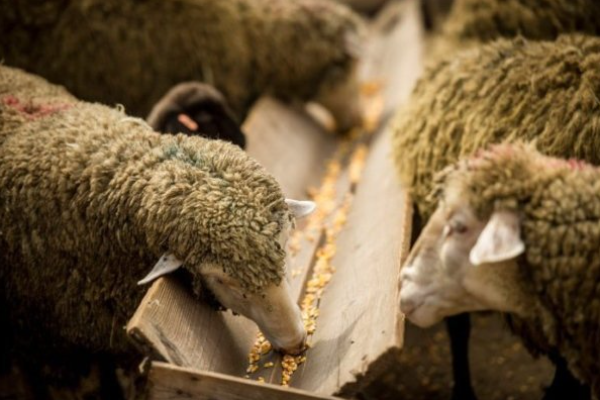Foot Abscess
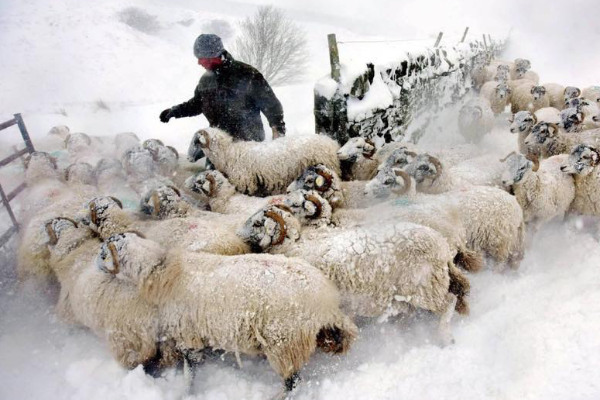
Foot abscesses often develop when the soil and pastures are wet or frozen. The disease causes an acute lameness that is usually restricted to one foot, which the sheep will not place on the ground. It may be possible to express necrotic material through an opening in the interdigital skin caused by the bacterial invasion, but more commonly the swollen sinuses break open and drain at one or more points above the coronet. If this does not occur, the swelling will have to be lanced. In some instances, movement of the affected digit is exaggerated, indicating that the ligaments about the distal interphalangeal joint have ruptured. Displacement of the digit during locomotion and permanent deformity are likely in those cases.
Acute lameness with the sheep packing a foot, swelling of one digit, and discharging sinuses distinguish foot abscess from footrot.
CAUSE
• Generally occurs in winter or spring when paddocks are wet and muddy.
• Caused by bacteria infecting the toe or heel of the foot.
• Walking over muddy rocky areas may result in high numbers of foot abscesses.
• Generally is seen in the affected area with or without pus bursting out.
• Toe abscess occurs in the front feet, a crack in the hoof is the normal site of infection.
• Heel abscesses more common in heavy adult sheep, starts as in infection of the skin between the two toes and then extends into the tissues of the heel.
• A foot abscess will contain light brown or green pus which will over time build up and burst out at the point of least resistance.
• Sheep with foot abscesses are very lame and lose condition until the abscess bursts and the pus drains out.
SYMPTOMS
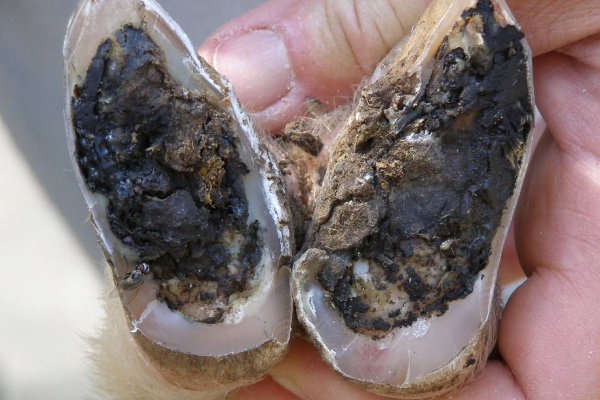
DIAGNOSIS
• Based on examination of the feet of lame sheep.
• Laboratory confirmation of diagnosis is possible.
TREATMENT
• Toe abscesses respond well to hoof paring which provides drainage for the pus.
• Heel abscesses are generally deeper and may require antibiotic treatment.
• Once the abscess bursts, healing occurs without further treatment.
• Some foot abscesses may result in damaged foot joints.
PREVENTION
• Keep susceptible sheep out of muddy paddocks where possible

Written by
H Cetin KATIRCI
Online ShepherdBreedsMore
IllnessesMore
Forage cropsMore
![]() Патологическая физиология голодания Arina TARAN
Патологическая физиология голодания Arina TARAN![]() Дефицит фосфора (гипофосфатемия) Hipofosfatemi Arina TARAN
Дефицит фосфора (гипофосфатемия) Hipofosfatemi Arina TARAN![]() Какие бывают кормораздатчики для ферм КРС? Irina Makarova
Какие бывают кормораздатчики для ферм КРС? Irina Makarova![]() Кормушки для овец Diana Myakisheva
Кормушки для овец Diana Myakisheva![]() Питание домашних коз: что едят, виды корма и правила кормления Alina Arslantürk
Питание домашних коз: что едят, виды корма и правила кормления Alina Arslantürk![]() Важность минералов питании сельскохозяйственных животных Irina Makarova
Важность минералов питании сельскохозяйственных животных Irina Makarova




